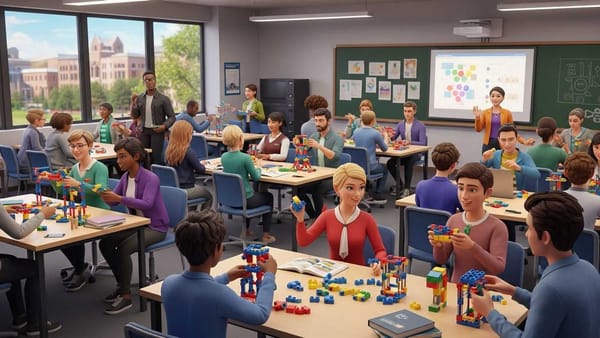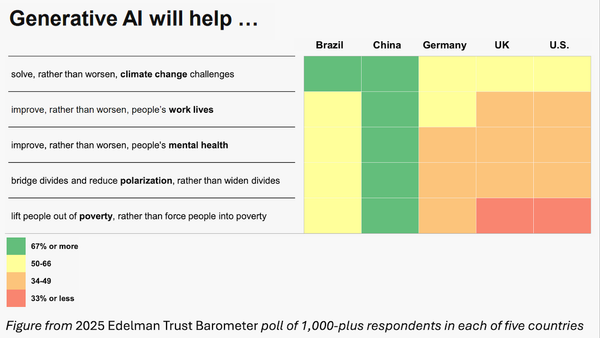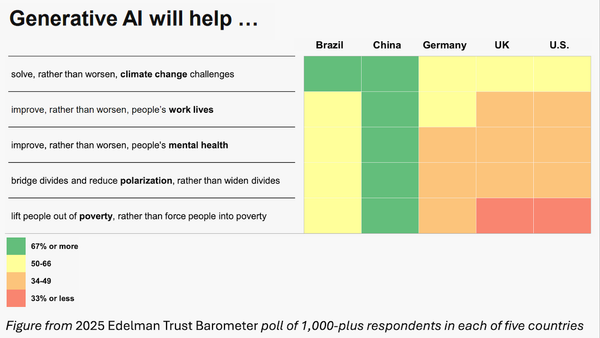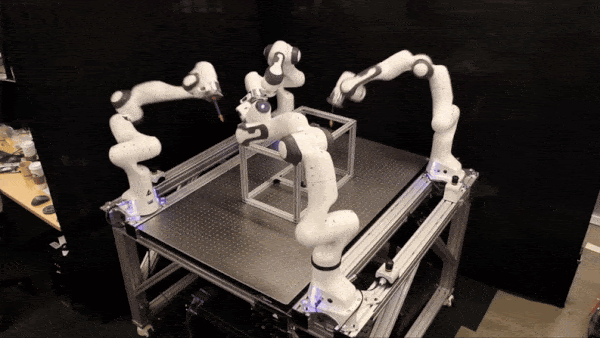New Materials Courtesy of Bayes
Would you like an umbrella that fits in your pocket? Researchers used machine learning to invent sturdy but collapsible materials that might lead to such a fantastical object.
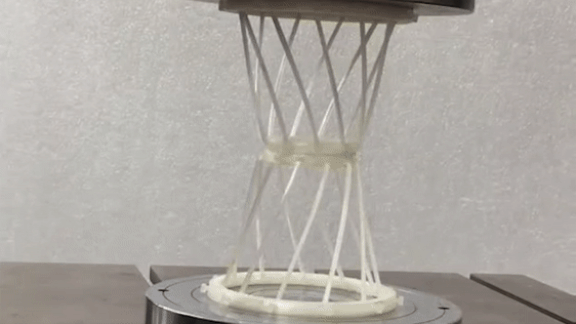
Would you like an umbrella that fits in your pocket? Researchers used machine learning to invent sturdy but collapsible materials that might lead to such a fantastical object.
What’s new: Researchers at the Netherlands’ Delft University of Technology used a Bayesian model to find arrangements of brittle polymers that are sturdy, lightweight, compressible, and able to spring back to their original shape. The machine learning algorithm made it possible to design and produce materials without conducting the usual trial-and-error physical experiments.
How it works: Principal investigator Miguel Bessa designed a mock-up with two disks connected by flexible poles, or longerons, that fold in a spiral pattern when the dishes are pressed together.
- In a simulator, Bassa assembled 100,000 different materials in structures that mimicked his mock-up.
- Then he used the model to classify the arrangements that fit his criteria, primarily those whose longerons coiled in spiral shapes when compressed and recovered when pressure was released.
- He settled on two designs and built prototype compressible masts at microscopic and human scales.
Results: The microscopic prototype — built for strength — was fully compressible and able to withstand intense pressure without buckling. For the human-scale version, it was important that it spring back into its original shape, which it did even when compressed nearly flat by a machine press.
Why it matters: Scientists working on metamaterials (structural arrangements of existing materials that exhibit characteristics not found in nature) alter material geometries, shapes, sizes, and orientations to produce novel properties. Typically this requires lots of trial and error. Machine learning can curate arrangements likely to have the right properties, enabling researchers to focus on the most promising candidates.
We’re thinking: From materials science to drug design, brute force experimentation still plays a large role in bleeding-edge science. AI-driven screening is beginning to help researchers find shorter routes to Eureka.

